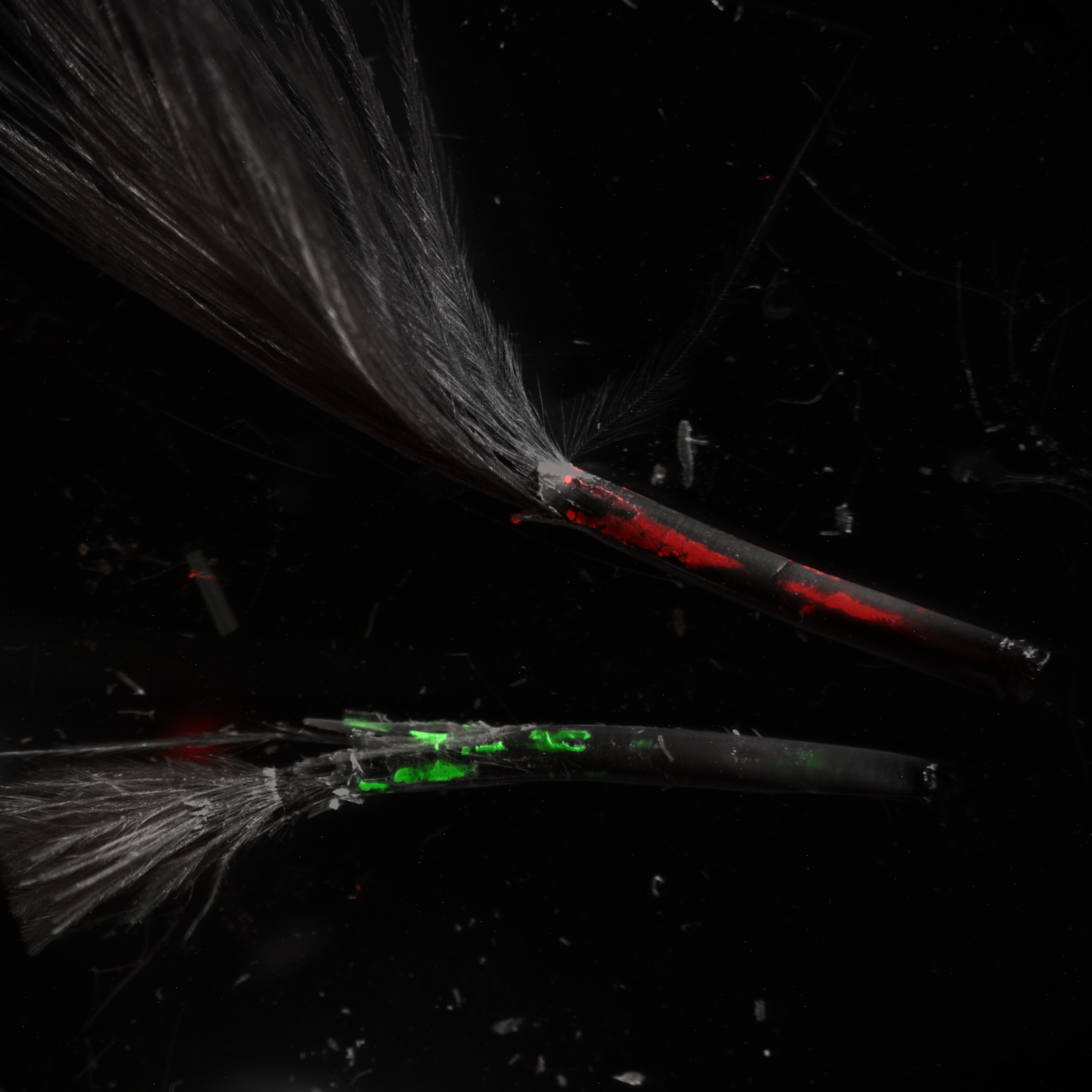Systems analysis of immune responses in Marek's disease virus-infected chickens identifies a gene involved in susceptibility and highlights a possible novel pathogenicity mechanism
Marek's disease virus (MDV) is a highly contagious oncogenic alphaherpesvirus that causes disease that is both a cancer model and a continuing threat to the world's poultry industry. This comprehensive gene expression study analyzes the host response to infection in both resistant and susceptible lines of chickens and inherent expression differences between the two lines following the infection of the host. A novel pathogenicity mechanism, involving the downregulation of genes containing HIC1 transcription factor binding sites as early as 4 days postinfection, was suggested from this analysis. HIC1 drives antitumor mechanisms, suggesting that MDV infection switches off genes involved in antitumor regulation several days before the expression of the MDV oncogene meq. The comparison of the gene expression data to previous QTL data identified several genes as candidates for involvement in resistance to MD. One of these genes, IRG1, was confirmed by single nucleotide polymorphism analysis to be involved in susceptibility. Its precise mechanism remains to be elucidated, although the analysis of gene expression data suggests it has a role in apoptosis. Understanding which genes are involved in susceptibility/resistance to MD and defining the pathological mechanisms of the disease gives us a much greater ability to try to reduce the incidence of this virus, which is costly to the poultry industry in terms of both animal welfare and economics.
